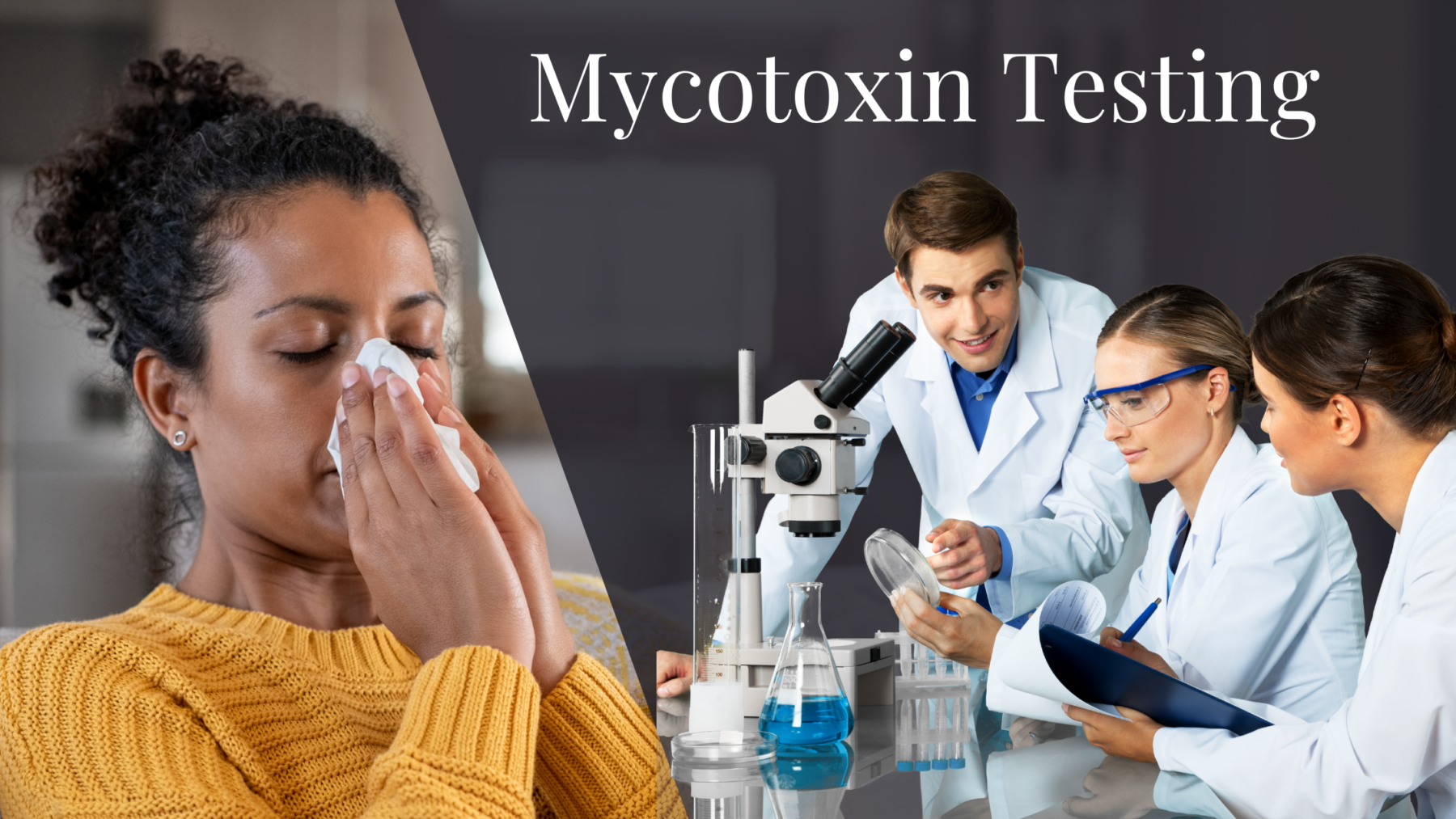Mycotoxin testing Services: A Key Component in Risk Management Strategies
Mycotoxin testing Services: A Key Component in Risk Management Strategies
Blog Article
How Mycotoxin Testing Assists Stop Contamination and Secure Food Materials

Mycotoxin testing is a crucial practice in the food sector, offering as a frontline defense versus contamination by harmful toxic substances generated by molds. With the application of sophisticated methods like High-Performance Fluid Chromatography (HPLC) and Fluid Chromatography-Mass Spectrometry (LC-MS), food producers can precisely identify and quantify mycotoxin degrees in agricultural products.
Understanding Mycotoxins
Understanding mycotoxins begins with recognizing that they are harmful additional metabolites generated by particular molds, which can contaminate agricultural products. These metabolites are not vital for the development or reproduction of the fungi yet can have extreme effects for animal and human wellness. Mycotoxins are generally located in staple plants such as corn, wheat, barley, and nuts, where they can multiply under certain conditions of wetness and temperature level.
There are numerous kinds of mycotoxins, each produced by various fungal varieties. Fusarium types generate trichothecenes and fumonisins, both of which are associated with different severe and persistent health and wellness problems.

Risks of Mycotoxin Contamination
The dangers of mycotoxin contamination are multifaceted, posturing considerable threats to both food safety and security and public health and wellness. Mycotoxins, toxic substances created by particular kinds of fungis, can pollute a wide array of agricultural items including grains, nuts, flavors, dried fruits, and coffee.
Financial impacts are one more major worry. Contaminated plants can result in considerable financial losses for farmers and food manufacturers as a result of minimized returns and the requirement for pricey decontamination procedures. Additionally, global trade can be dramatically hindered as countries apply strict mycotoxin guidelines to protect their populations, bring about declined deliveries and stretched trade connections.
Ecological factors such as climate modification aggravate the threat of mycotoxin contamination. Variations in temperature and moisture can develop favorable conditions for fungal growth, boosting the chance of contamination occasions. Hence, understanding and reducing these risks are important for making sure the safety and security and honesty of global food products.
Methods of Mycotoxin Testing
Accurately identifying mycotoxin contamination in agricultural products is important for protecting public health and wellness and maintaining food safety standards. Various approaches are used to identify and evaluate mycotoxins, each offering details benefits and restrictions.
High-Performance Liquid Chromatography (HPLC) is a widely used method due to its high level of sensitivity and accuracy. It includes separating mycotoxins from various other materials in an example, allowing accurate metrology. In A Similar Way, Fluid Chromatography-Mass Spectrometry (LC-MS) integrates liquid chromatography with mass spectrometry to provide thorough molecular info, making it especially helpful for identifying numerous mycotoxins all at once - Mycotoxin testing Services.

Gas Chromatography-Mass Spectrometry (GC-MS) and Thin-Layer Chromatography (TLC) are likewise utilized, each with special applications. GC-MS works for unpredictable mycotoxins, while tender loving care uses an easier, economical option for preliminary screening.
Benefits of Regular Evaluating
Regular testing for mycotoxins in farming items uses many benefits, substantially adding to public health and food safety and security. By recognizing contamination early, routine screening helps prevent the circulation of poisonous foods, consequently minimizing the danger of mycotoxin-related illnesses amongst customers. This positive approach not only safeguards human wellness however likewise enhances the general quality of food products.
Different nations and regions have actually established strict limits for mycotoxin degrees in food and feed. Sticking to these restrictions via regular screening makes certain that producers and providers meet legal requirements, therefore avoiding charges and profession obstacles.
Additionally, regular mycotoxin screening can bring about significant financial advantages. Early discovery of contamination allows for timely intervention, minimizing possible losses from widespread contamination. Executing normal testing methods can also reduce recall expenses and associated responsibilities, which can be monetarily ruining.
Furthermore, regular testing provides important data that click to investigate can notify much better farming methods and storage space problems. By comprehending patterns of contamination, manufacturers can embrace preventative actions, therefore adding and lowering future threats to the sustainability of the food supply chain.
Applying Examining Methods
Applying efficient mycotoxin testing methods is critical for making certain the security and quality of farming products. Each stage needs to be scrutinized to determine where mycotoxin contamination is most likely to happen.
Once essential control factors are identified, picking suitable screening techniques is important. Usual methods include enzyme-linked immunosorbent assay (ELISA), high-performance liquid chromatography (HPLC), and mass spectrometry (MS) Each technique has its strengths and weak points; thus, picking the appropriate one relies on the particular mycotoxin being tested, the needed sensitivity, and offered sources.

Finally, incorporating the screening protocols right into a detailed food security administration system is recommended. This enhances traceability and makes it possible for quick corrective activities when contamination is spotted, thereby guarding the stability of the food supply chain.
Verdict
Mycotoxin screening is crucial in avoiding contamination and safeguarding food supplies by allowing very early discovery of damaging toxic substances generated by mold and mildews in farming products. Regular testing improves brand name online reputation, economic stability, and depend on in food safety and security by decreasing contamination-related losses and maintaining high standards in food production.
Mycotoxin testing is a vital technique in the food sector, offering as a frontline protection versus contamination by harmful toxins produced by molds. An integrated technique entailing farming methods, storage administration, and regular testing can mitigate the risks linked with mycotoxin contamination, making certain food safety and security and public wellness.
The threats of mycotoxin contamination are diverse, positioning significant risks to both food safety and public wellness.Normal testing for mycotoxins in agricultural products supplies many benefits, substantially contributing to public health and food safety and security.Mycotoxin screening is crucial in protecting against contamination and imp source securing food materials by enabling very early detection of hazardous contaminants created by molds in farming products.
Report this page